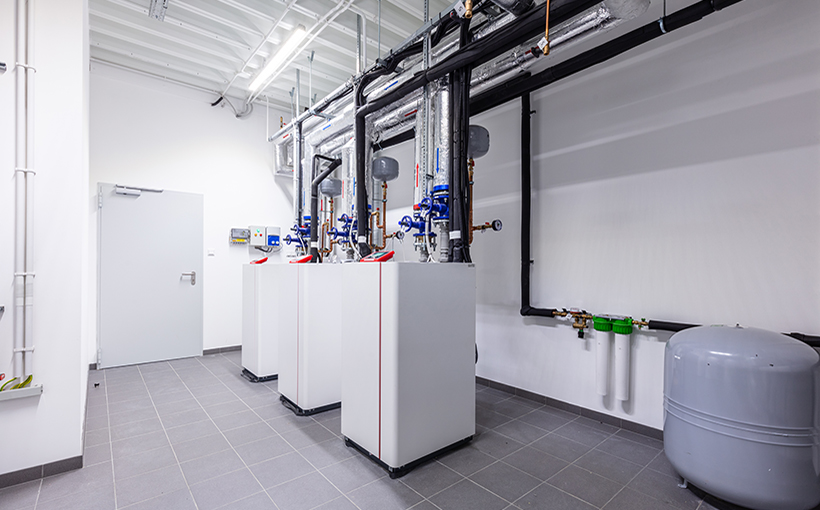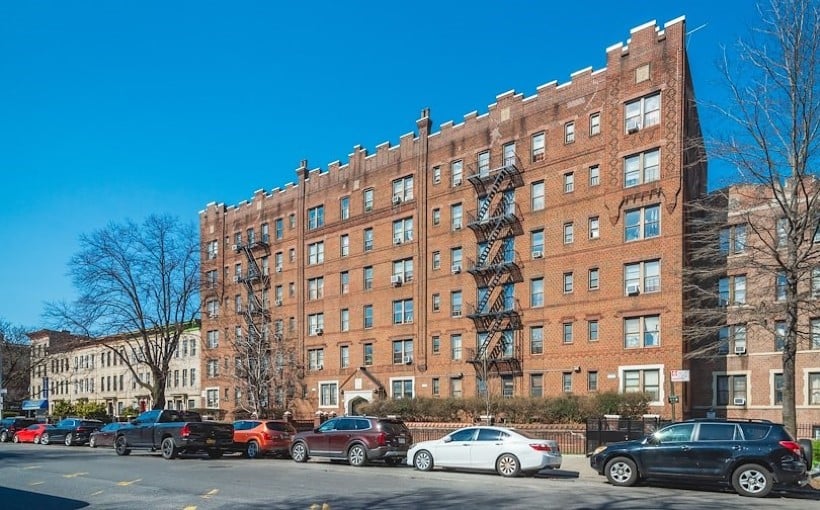Heat pumps have long been recognized as an energy-efficient option for single-family homes, but their potential use in commercial real estate has faced several obstacles. To address these misconceptions and promote the adoption of heat pumps in commercial properties, the Urban Land Institute (ULI), the ULI Randall Lewis Center for Sustainability in Real Estate, and the American Society of Heating, Refrigerating and Air Conditioning Engineers (ASHRAE) collaborated on a report titled “Pumping Up Sustainability.”
One common myth surrounding heat pumps is that they are not cost-effective. However, according to experts at ULI and ASHRAE, heat pumps can be up to three times more efficient than traditional heating and cooling methods. While there may be higher upfront costs for equipment and installation compared to conventional systems, long-term savings can be expected due to lower utility bills – especially in new construction projects with energy-efficient building envelopes.
Another misconception is that heat pump technology is too new or untested for use in commercial properties. In reality, it has been widely used throughout Asia Pacific and Europe for decades. For example,in Japan where most buildings are multifamily units – 90% rely on heat pump technology.
Some also believe that only single-family homes can benefit from using a heat pump; however,different types of systems exist which cater specifically towards various building needs.Ducted or ductless options utilize different sources such as air or water while mini-split or split systems work well with smaller floor plans found commonly within mid-rise buildings.VRF setups,on other hand,cater better towards larger structures despite having higher upfront costs associated with refrigerant leakage risks.”The application size project important determinants assessing product,” explained by report’s authors.
Lastly,some worry about noise levels produced by air-source models.However,the sound emitted from these devices similar household refrigerator.Moreover,various sizes configurations available ranging mini-splits installed outside walls VFRs typically placed rooftops.Depending on project,heat pumps can be stored in,on top of,or adjacent to building as needed.
In conclusion,the use of heat pumps in commercial properties has been proven successful and cost-effective. With the right system for each specific building type and proper installation, these energy-efficient devices can bring significant savings on utility bills while also promoting sustainability. The ULI report “Pumping Up Sustainability” aims to dispel any myths surrounding heat pump technology and encourage its adoption within the commercial real estate industry.




